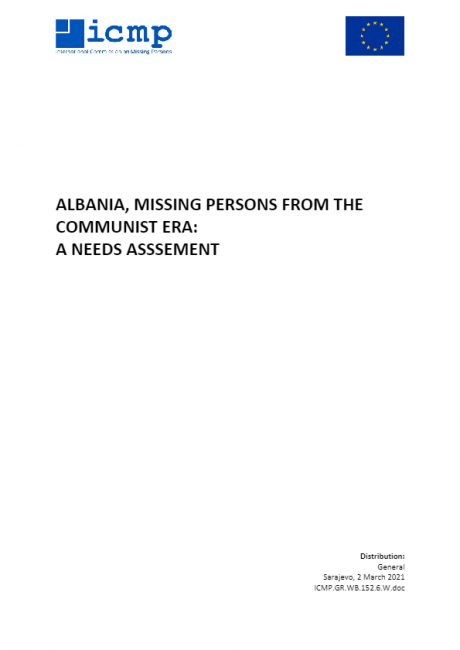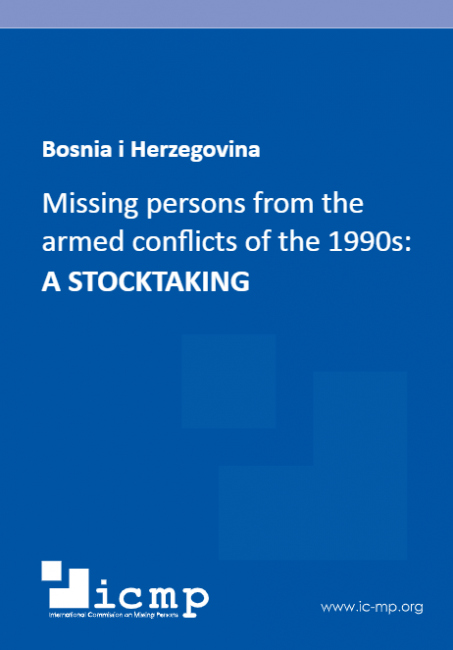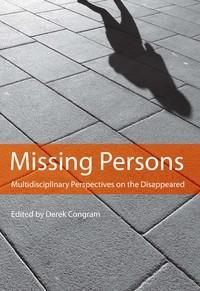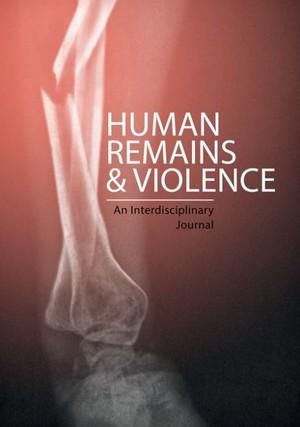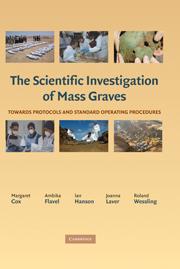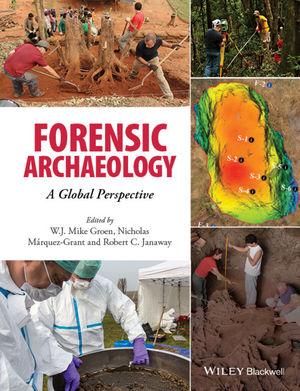‘Face to face with horror’: The Tomašica mass grave and the trial of Ratko Mladić
This article focuses on the judicial consideration of the scientific analysis of the Tomašica mass grave, in the Prijedor municipality of Republika Srpska in Bosnia-Herzegovina. Often referred to as the largest mass grave in Europe since the Second World War, this grave was fully discovered in September 2013 and the scientific evidence gathered was included in the prosecution of Ratko Mladić before the International Criminal Tribunal for the Former Yugoslavia. Based on the exhaustive analysis of all the publicly available trial transcripts, this article presents how the Tomašica evidence proved symptomatic of the way in which forensic sciences and international criminal justice intertwine and of the impact of the former over the latter on the admissibility of evidence, the conduct of proceedings and the qualification of the crimes perpetrated.


